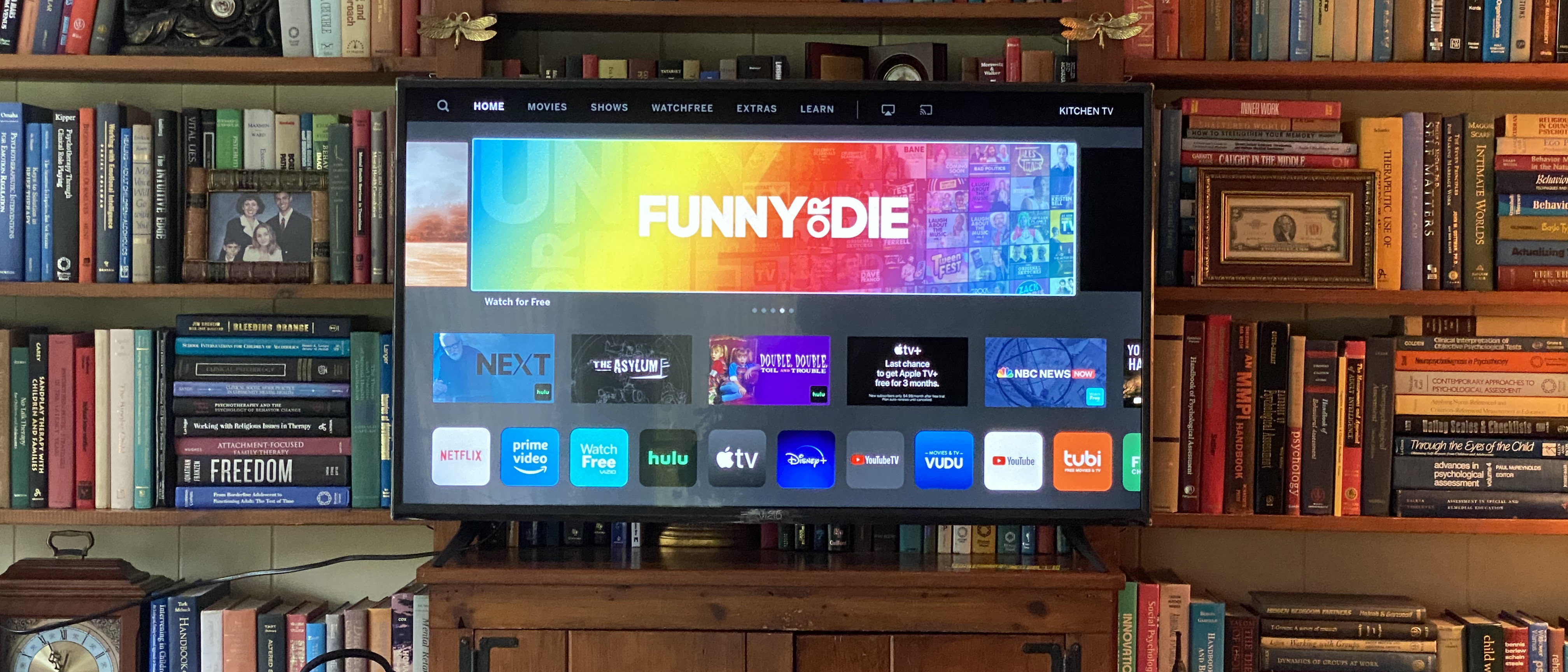TechRadar Verdict
Its picture performance has a lot of room for improvement, but if you’re after a versatile TV with a load of features in a variety of screen sizes the Vizio V-Series is a nice alternative to more expensive options from Samsung, LG and Sony.
Pros
- +
Decent upscaling
- +
Affordable
- +
WatchFree Vizio app
Cons
- -
Poor contrast
- -
Desaturated images
- -
Awful off-axis viewing
Why you can trust TechRadar
One-minute review
The V- in the Vizio V-Series TVs has always stood for ‘value’, but you could easily argue that it should stand for ‘versatile’ instead, as it’s one of the most feature-rich TVs in the budget category. With support for HDR (HDR10, HDR10+, Dolby Vision and HLG) plus Chromecast built-in and AirPlay, the V-Series is a veritable swiss army knife of budget TVs.
Unfortunately, despite all these technologies, the V-Series is still a pretty budget-oriented set and its picture is only fair – contrast isn’t off-the-charts and its color saturation could use some work, too. Its biggest issue is that of awful off-axis viewing (more than 45 degrees) that turns what is a fine and acceptable picture to a really desaturated mess.
If you can stay perfectly in front of it, don’t mind less-than-stellar image quality and can deal with a few issues in speed and performance, however, it’s an affordable TV series that packs in a lot of the technology that makes the top TVs from Samsung, LG and Samsung the best in the world.
Price analysis and release date
Technically part of the 2021 collection, the latest Vizio V-Series screens are available in nine sizes, starting with uber affordable 40-inch V405 and shooting all the way up to 75 inches with the V755-H4. Here’s the complete breakdown:
- 40-inches: Vizio V405 ($229)
- 43-inches: Vizio V435-H11 ($279)
- 50-inches: Vizio V505X ($299)
- 55-inches: Vizio V555 ($339)
- 58-inches: Vizio V585 ($349)
- 60-inches: Vizio V605 ($399)
- 65-inches: Vizio V655-H9 ($469)
- 70-inches: Vizio V705-H3 ($659)
- 75-inches: Vizio V755-H4 ($799)
Without a doubt, this pricing structure makes the Vizio V-Series one of the cheapest name-brand TVs on the market - rivaled only by the TCL 4-Series, the Hisense H65 Series and Samsung TU7000, though the latter doesn’t offer HDR, let alone both the HDR10+ and Dolby Vision variants.
For the money, we’re still partial to the TCL 4-Series, but if you can spare a bit more it’s probably worth skipping the super-budget market and jumping up to a better mid-range model like the TCL 6-Series (R635) or Hisense H8G Quantum.
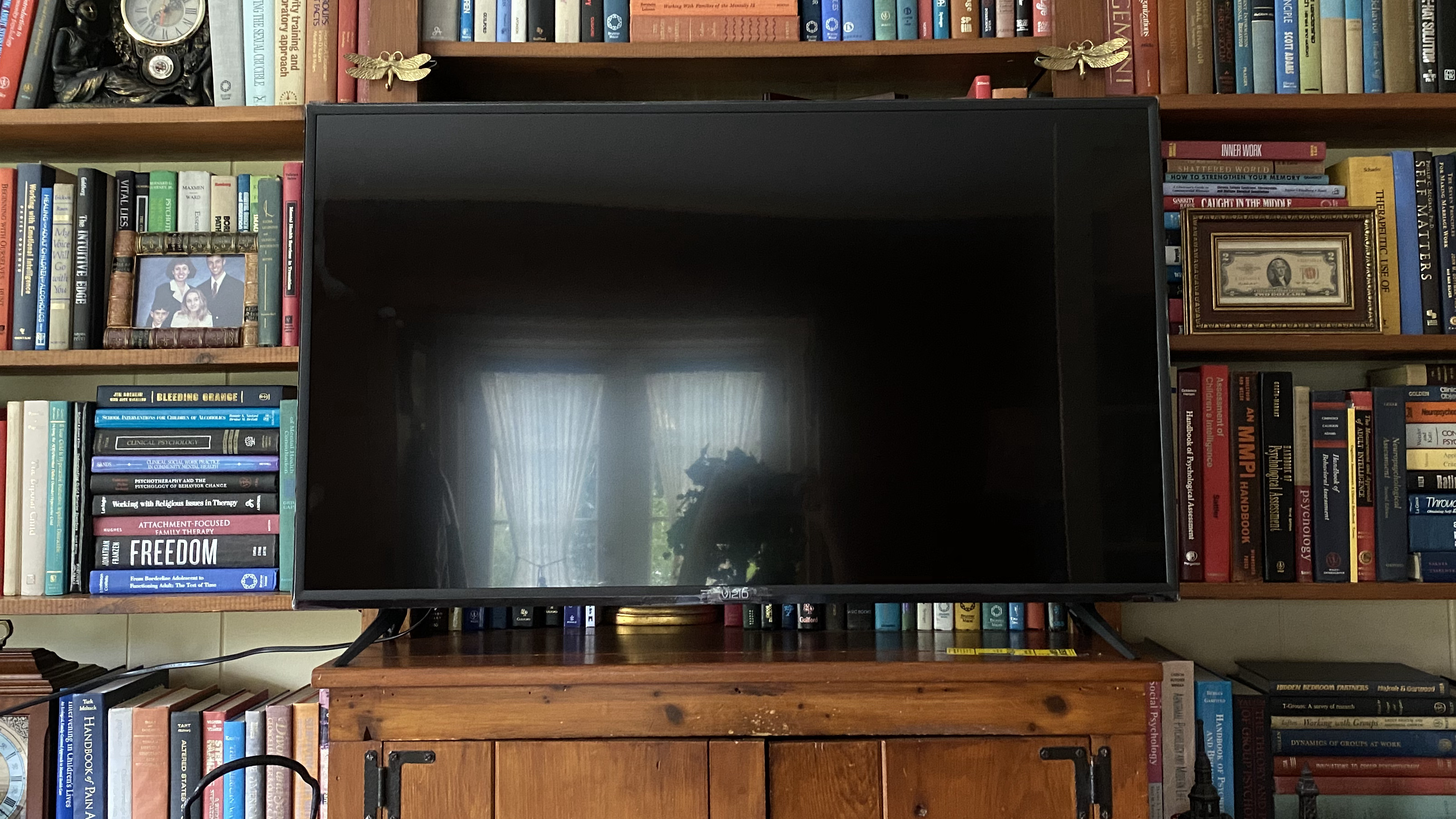
Design
Despite its modest, mostly plastic exterior the V-Series has a lot going for it in terms of design - some of the models use HDMI 2.1 and full array lighting. These are specs you’d find on much costlier screens so to get them on any budget model is somewhat miraculous.
Speaking of ports, Vizio is offering three HDMI ports, one of which is eARC-enabled, and has composite inputs as well. For audio output you’ve got a standard analog audio output as well as a digital audio output plus one USB 2.0 port (1A).
Unlike last year’s lineup, there seems to be a bit more consistency to the series this year with the entirety of the series using full array lighting rather than just a few models and that should ensure a more reliable experience regardless of which screen size you pick.
What will be different, and this will matter later, is that smaller models don’t have as many local dimming zones as the larger models, but Vizio isn’t listing specifics on its official website.
The IR remote, while nicely laid out with hot keys for several key streaming services, is IR-based. What that means is that you won’t be able to use it as a voice remote, making searching for shows just a tad harder than it should be, and you’ll need line of sight to the bottom of the TV which means you’ll need to be careful about soundbar placement.
Overall, the Vizio V-Series design for 2020 is functional and unobtrusive, if not meticulously planned out or outright gorgeous.
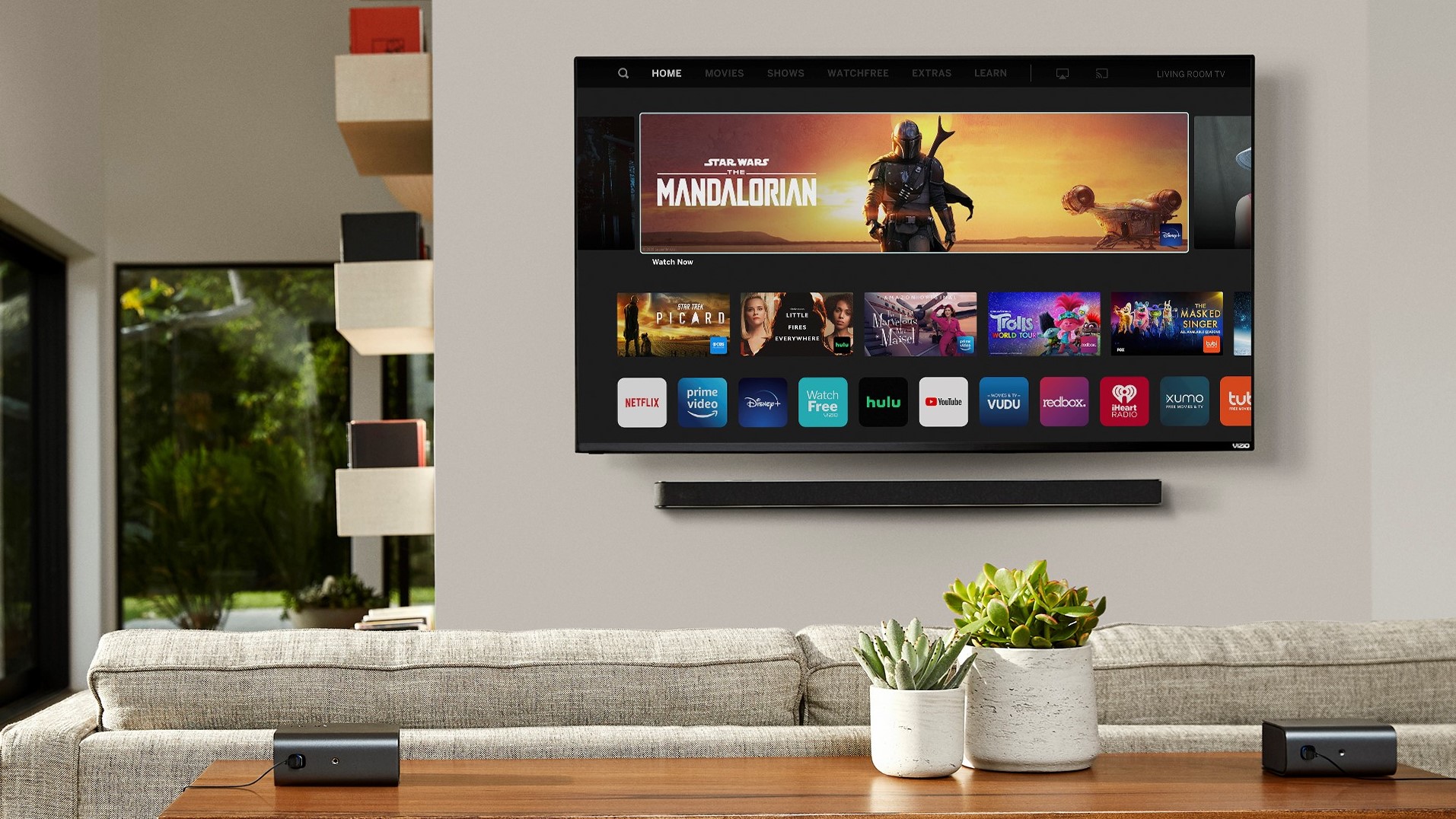
Smart TV (SmartCast)
Like other Vizio TVs, the V-Series uses the company’s proprietary SmartCast platform that acts as both a Chromecast built-in system with AirPlay as well as a standard smart platform with apps like Netflix, Hulu and others.
The complete lineup of apps on SmartCast currently includes Netflix, Amazon Prime Video, Hulu, Vudu, Apple TV, YouTube, YouTube TV, Xumo, Peacock, CBS All-Access, Fandango and a few music streaming apps like Pandora, Tidal and iHeartRadio. In fact, the only major app missing, as far as we can tell, is HBO Max – which is a bummer but not a deal-breaker.
On top of all those apps, SmartCast also has Vizio’s WatchFree app that allows you to stream some content for free with ads. It doesn’t have the absolute best selection of content, but it’s still an invaluable resource for cord-cutters who want live cable-free, and a great alternative to channel surfing for folks who still have a box.
For smart home enthusiasts, SmartCast integrates with both Amazon Alexa and Google Assistant smart speakers, but neither assistant is included on the device itself.
The big problems with it, especially on the V-Series, is that it doesn’t always perform well, especially when you first wake the TV up from rest mode. In particular we had problems getting the Chromecast and AirPlay modes to work properly and SmartCast would often hang on an all-grey screen when woken up. The home screen would eventually populate itself with content after about five seconds but, if you didn’t know that would happen, it could feel like the TV was frozen.
If you can overlook those hiccups and slower performance speeds, however, SmartCast is a decent, versatile alternative to some 4K streaming media players.
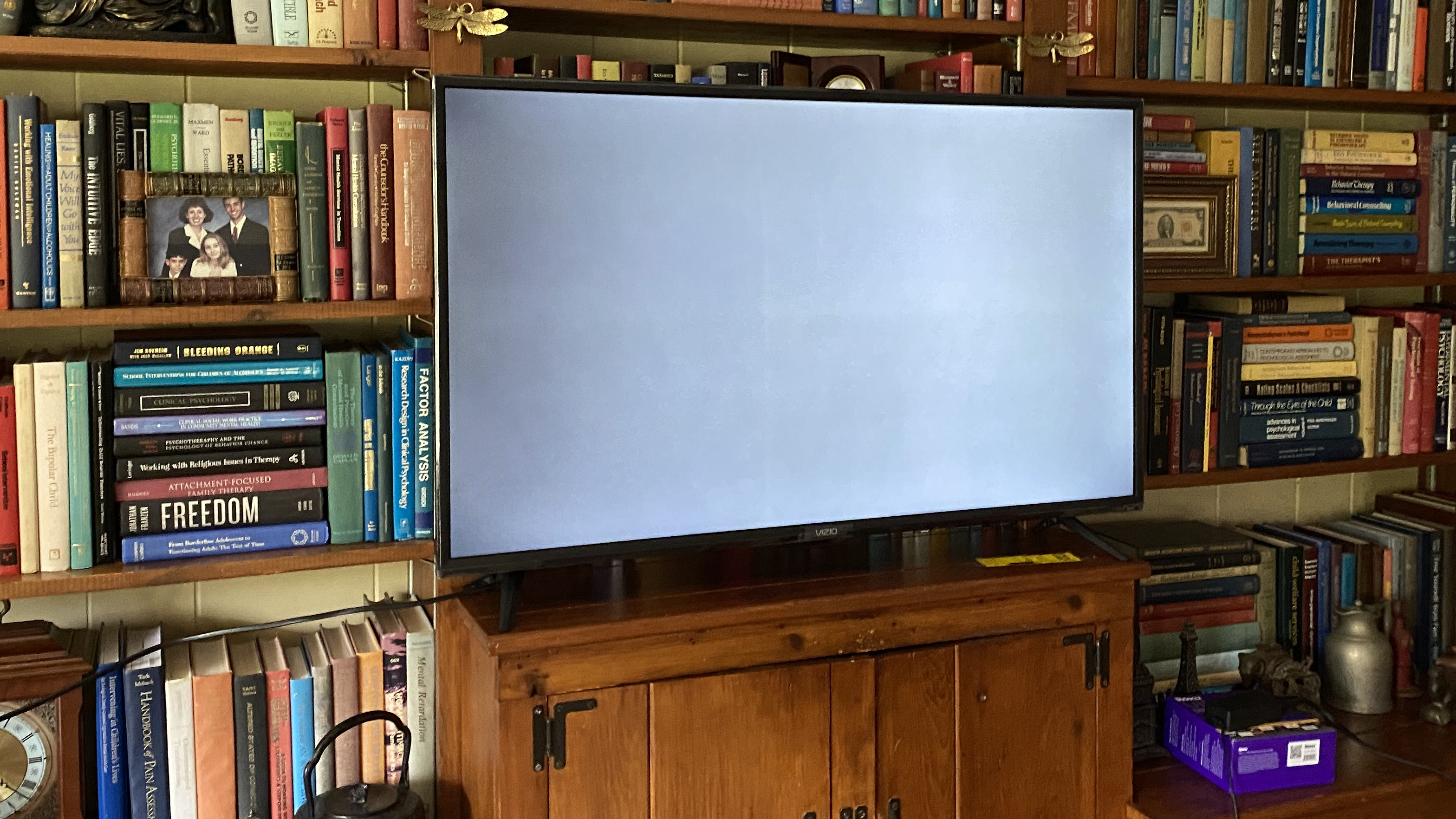
Performance
When the series is as broad as the V-Series is, it can be hard to make sweeping statements about the whole collection. That being said, thanks to some commonalities across the series like the IQ Active Processor and multi-HDR support, we can paint with a slightly broad stroke first before getting into the specifics of each particular model.
The common thread linking the series together is the new IQ Active Processor that’s responsible for upscaling HD to 4K resolution and the V-Gaming Engine that reduces input latency and turns on Game Mode automatically.
For the most part, both are pretty great - the upscaling engine used by the V-Series does a great job of turning older HD video into decent 4K, and while it never looks as robust or vibrant as native 4K content, it’s a lot better than comparable 1080p TV pictures.
Unfortunately, though, you’re not getting a color-saturated image or one with a load of contrast, especially if you’re sitting off-axis to the TV. From the sides or down below, the TV loses most of its color saturation and contrast goes from OK black levels down to a milky grey. That won’t matter as much if you can stay directly in front of it at all times, but folks with bigger living rooms might struggle to see the same value others might.
Similarly, motion is just so-so. It’s a 60Hz VA panel on the 43-inch V435-H11 we picked up from Best Buy for review, and although it has a number of tricks to deal with fast motion sequences but it won’t ever look as good as native 120Hz panels. The limited refresh rates means you won’t be able to hit native 4K / 120Hz with the PS5 or Xbox Series X, but you will likely see rock-steady 4K / 60Hz gameplay when those consoles come out in November.
The other minor issue we noticed after using the TV for a few weeks was that the top row of LED backlights began to dim - and that was just after two weeks. The result wasn’t incredibly noticeable if you didn’t know what to look for, but nearly every piece of content we watched from that point on had the slightly dimmer top section.
Should you buy the Vizio V-Series (2020)?
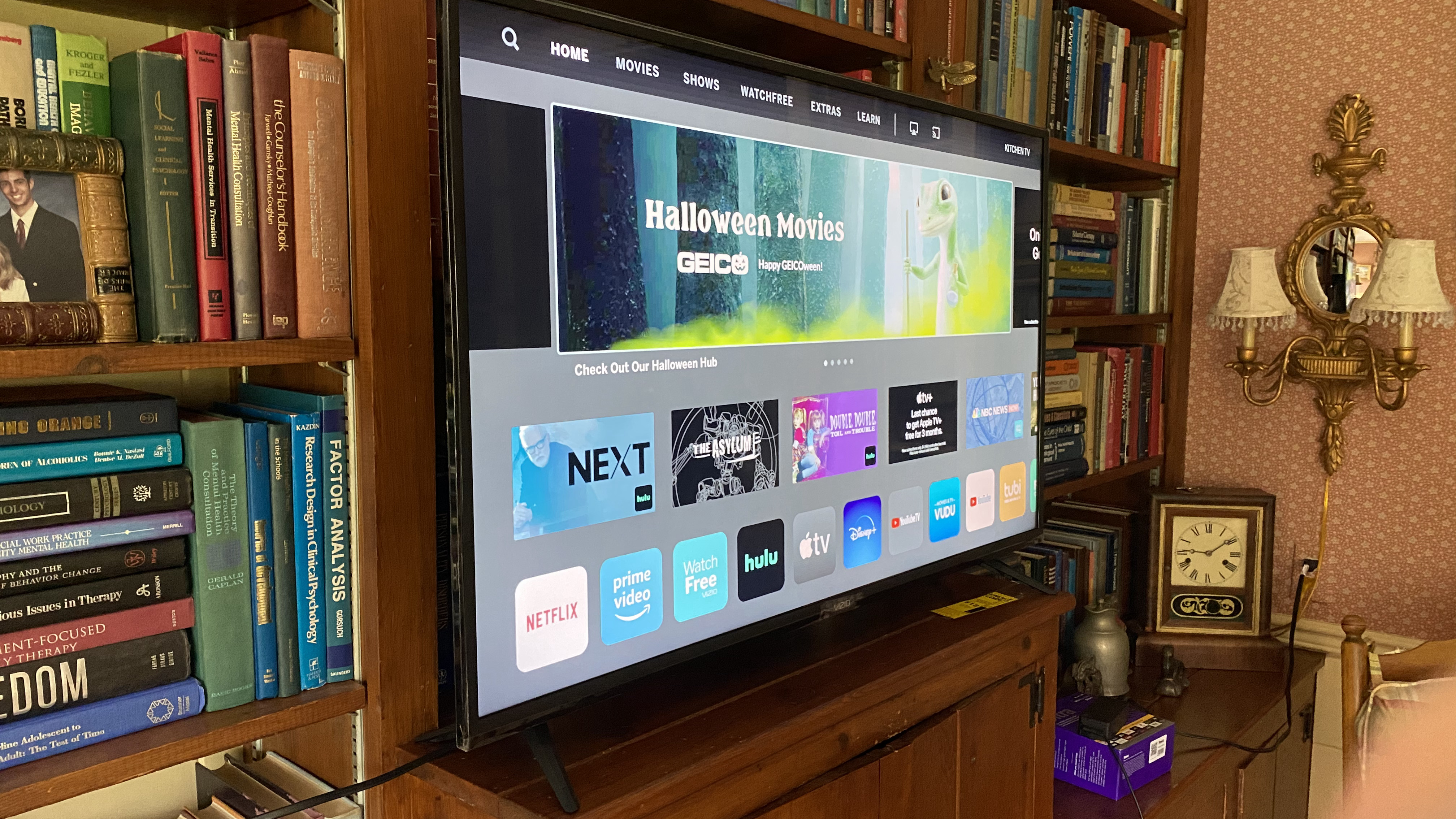
Buy it if...
You want the lowest priced TV that’s decent
If you simply don’t care about color accuracy or top peak brightness, and you’re OK with a slightly slower smart platform, the V-Series is an incredible value.
You want a taste of high-end features
It’s truly impressive that Vizio squeezed in some top-tier features like Dolby Vision, Chromecast and Apple AirPlay support into the V-Series. These features don’t always work - or look - the best compared to more expensive sets, but the fact that they’re here is neat.
Don't buy it if...
You know what good pictures are supposed to look like
If you’re a first-time 4K TV buyer, you’ll likely see no issue with the Vizio V-Series’ performance, especially in your first week with the TV. But if you’ve had better 4K TVs in the past, you’ll notice that the V-Series’ performance just isn’t up to par with the competition.
You have a wide living room or sit off to the side
That last point is especially true if you plan on sitting off to the side of the TV. The V-Series’ off-axis viewing angles are limited to under about 45-degrees and anything past that desaturates the image immensely.
- Don't miss our guide to the entire Vizio 2020 TV lineup
Nick Pino is Managing Editor, TV and AV for TechRadar's sister site, Tom's Guide. Previously, he was the Senior Editor of Home Entertainment at TechRadar, covering TVs, headphones, speakers, video games, VR and streaming devices. He's also written for GamesRadar+, Official Xbox Magazine, PC Gamer and other outlets over the last decade, and he has a degree in computer science he's not using if anyone wants it.
